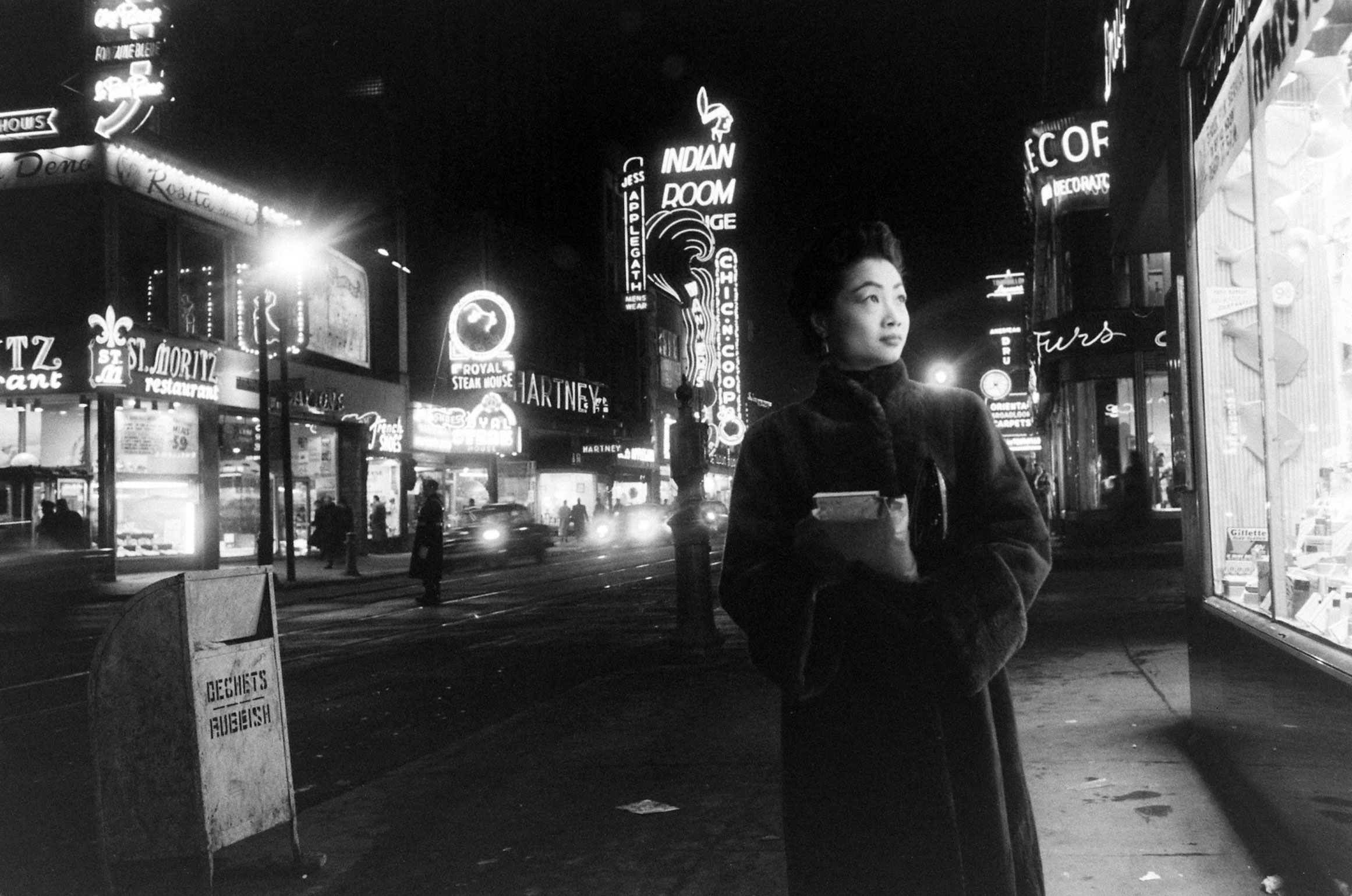
Grace Li had a recurring dream in which she was walking down a street lined with immigration offices. “I kept going up to each one of them. At each one someone would smile and tell me, ‘I’m sorry, but you can’t be with your husband. You can never be with your husband.’”
The dream was a nocturnal reflection of her waking life, eight years spent wandering through a maze of consulates and accumulating denied visa applications as she attempted to join her husband Pei Chiu Li in New York.
When Chiu left Shanghai for New York City in 1948, he told Grace, then his wife of two years, that he’d see her in a year. He would complete his education at Columbia and return to China to be a teacher. But they wouldn’t see each other—or even hear each other’s voices on the phone—for five years. And they wouldn’t be together again for eight.
Nine months after her husband left, Grace fled to Hong Kong following the Communist takeover of Shanghai. When Li attempted to join her there, he was denied a visa because he had not entered the U.S. from Hong Kong or ever been a citizen. He stayed on at Columbia to pursue a doctorate and the couple shifted gears. Grace set her sights on joining him in New York, but each time she attempted to obtain a visitor’s visa, she was met with the cold rejection of a rubber stamp. Immigration officials, knowing her husband was in America, likely assumed she would attempt to stay unlawfully.
LIFE titled the article “The Agonizing Odyssey of Two People in Love.” Grace journeyed from Shanghai to Hong Kong, London to Paris and Amsterdam to Montreal, inching ever closer but waylaid at every step by bureaucratic obstacles smaller in form than the Cyclops, but no less immovable.
The article, a 16-page spread written by William Brinkley and photographed by Walter Sanders, is punctuated every couple of paragraphs by a simple indicator of the passage of time: “Grace Li was now 23 years old.” “Grace Li was now 24 years old.” “Grace Li was now 25 years old.” And so on. Five years into the ordeal, waiting for yet another rejection at the U.S. consulate in Amsterdam, Brinkley wrote, “she began to get a strange feeling—as if she were watching herself and the official in two mirrors being multiplied into infinity.”
The feeling of helplessness she felt in that office had led Grace to tell the lie that would get her to Montreal, a mere 325 miles from her husband. When asked where her husband was, she told the official “Hong Kong,” knowing well that the truth would equate to another denial. After she arrived in Canada in 1953, Chiu visited her at the risk of being denied reentry into the U.S. When she saw him, she trembled nervously and asked him to start asking her questions. He started with an easy one: “Have you had breakfast?”
They were still three years, a thwarted visit and a mountain of paperwork away from the end of their ordeal. When Sanders photographed them just months before the reunion, he captured the pain of their separation. In the two images captioned “Alone in New York” and “Alone in Montreal,” Grace and Chiu are framed by their respective cities’ architecture, their gazes fixed on something beyond reach, perhaps the thought of one another. Again in the nighttime shots of husband and wife amidst the glow of neon signs, they both appear pensive, alone despite the bustle around them.
The Lis’ story might have continued in this torturous way—perhaps until the Immigration and Nationality Act of 1965 opened doors previously closed to Asian immigrants—had Brinkley never written their story for the pages of LIFE. Four months after it ran, the magazine published an update titled “Happy Outcome for Grace Li.”
After reading the original article, Senator Herbert H. Lehman of New York was moved to pull some strings—“a roundabout maneuver,” as the article described it—to get Grace a visa to enter and re-enter Costa Rica, granting her a readmission certificate to lift the block on her entry to the United States.
“Wearing a radiant smile,” the follow-up read, “a slender young Chinese woman stepped off a plane in Miami to a permanent home in the U.S.” After years of the nightmare that played on a merciless loop, she’d finally wake up next to her husband.
Liz Ronk, who edited this gallery, is the Photo Editor for LIFE.com. Follow her on Twitter at @LizabethRonk.

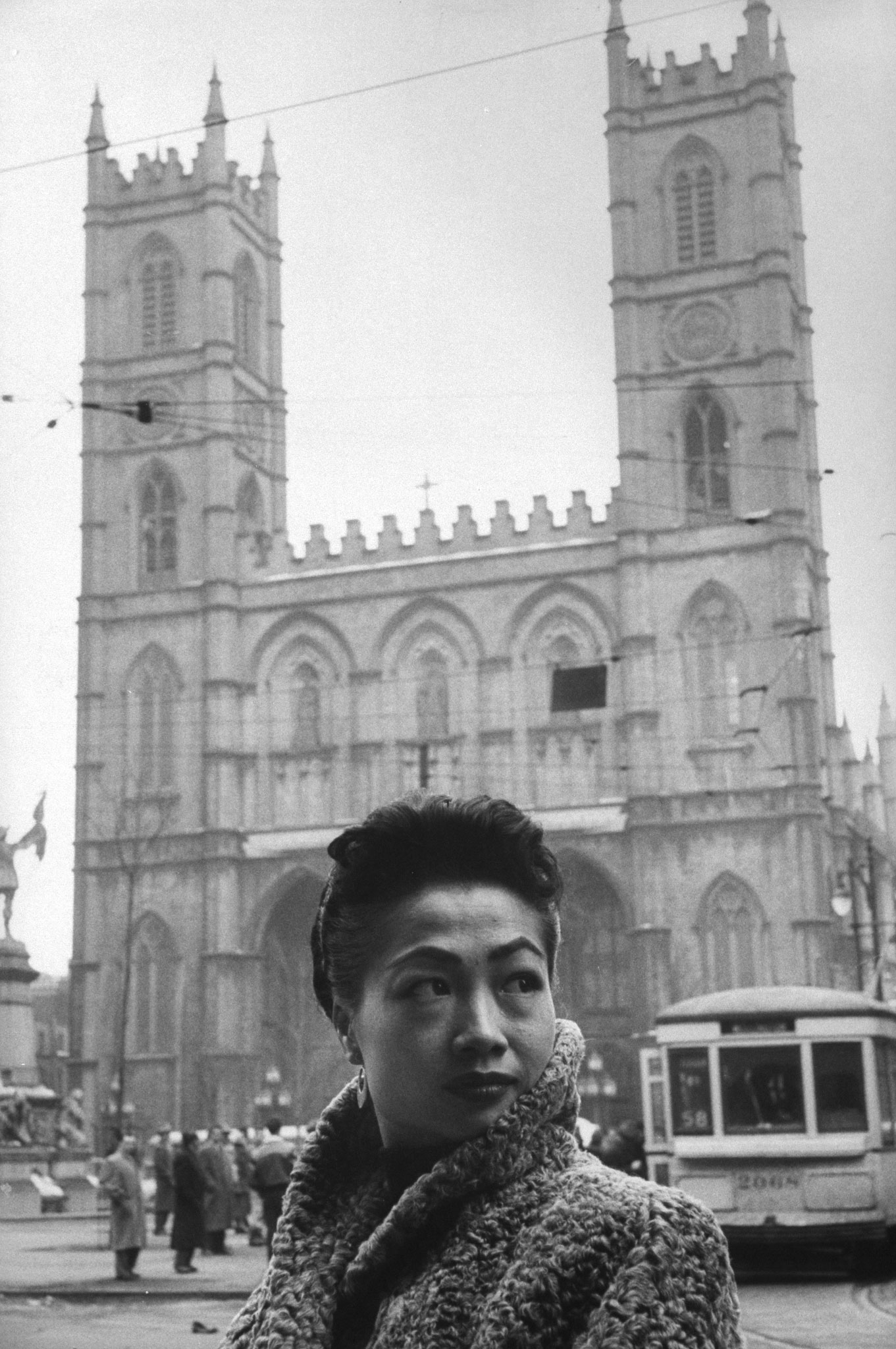
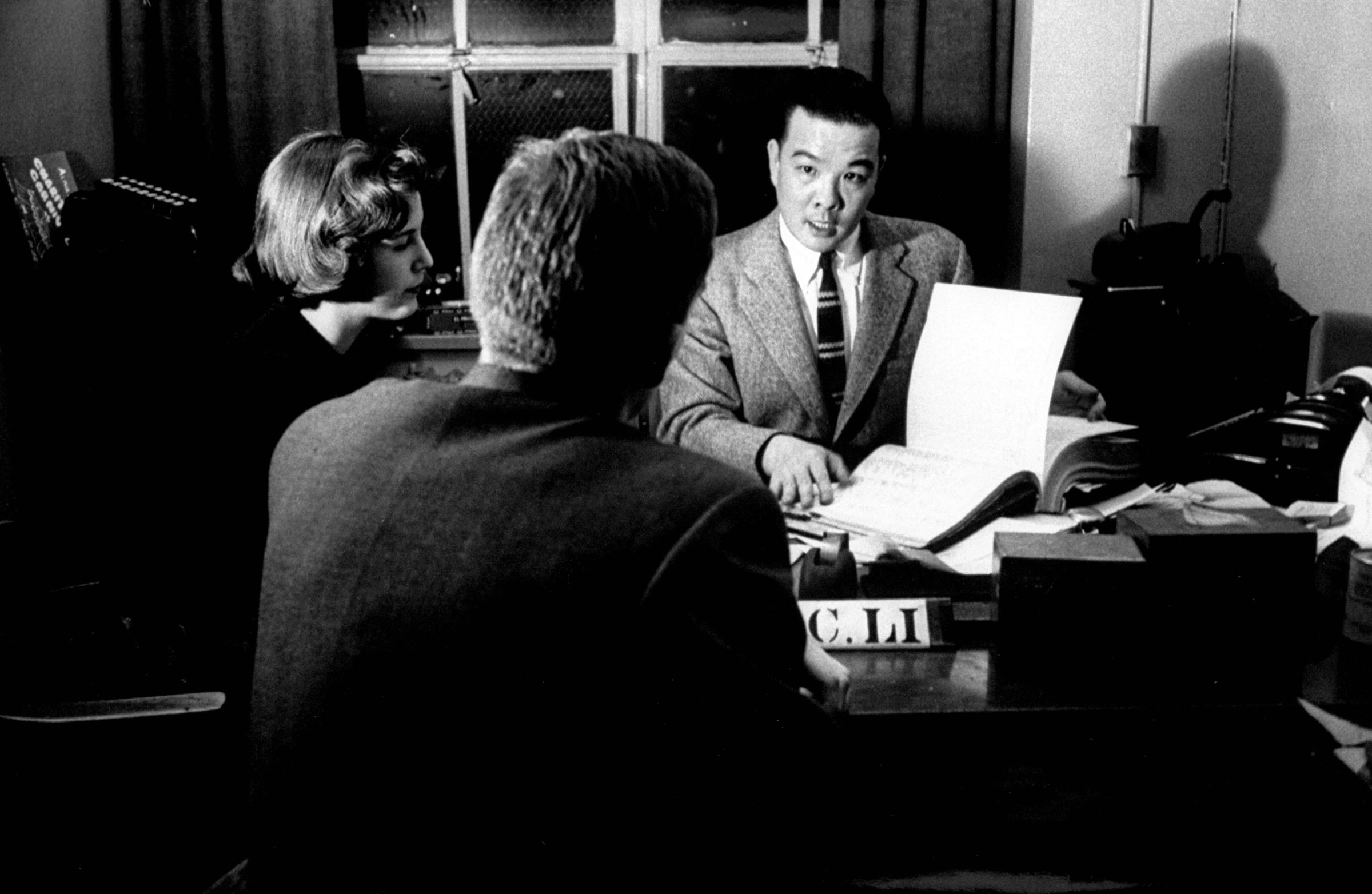


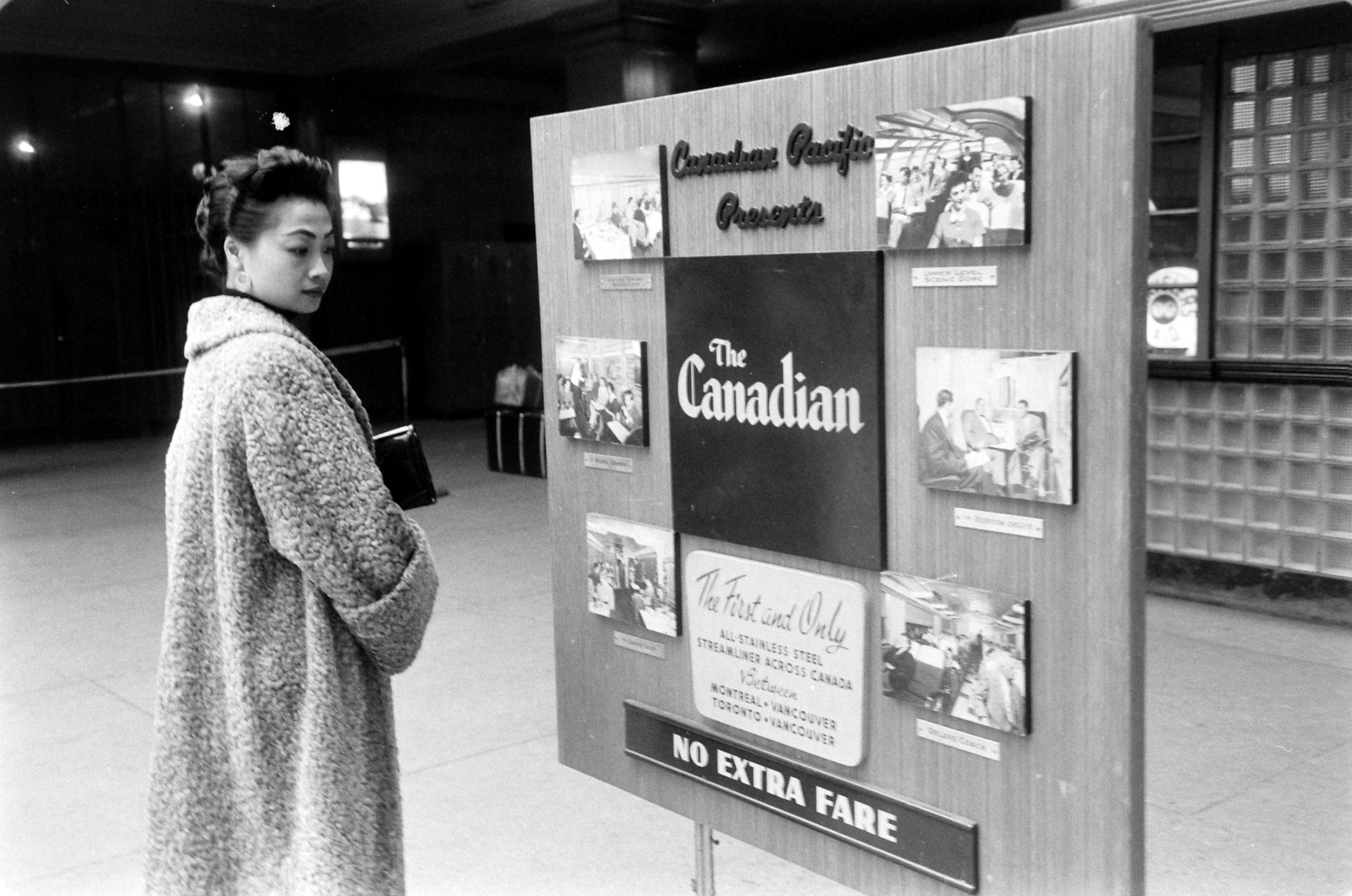

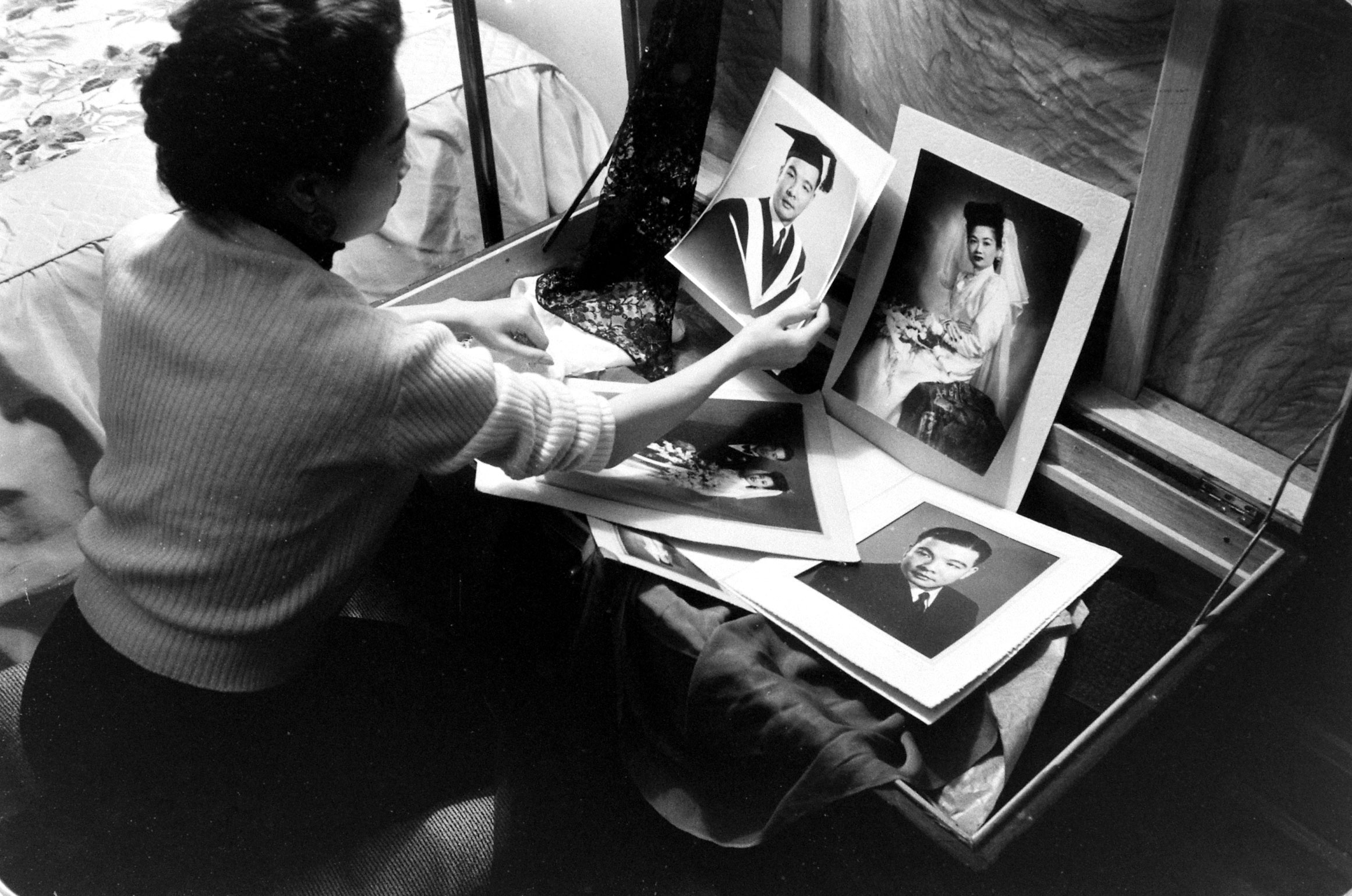
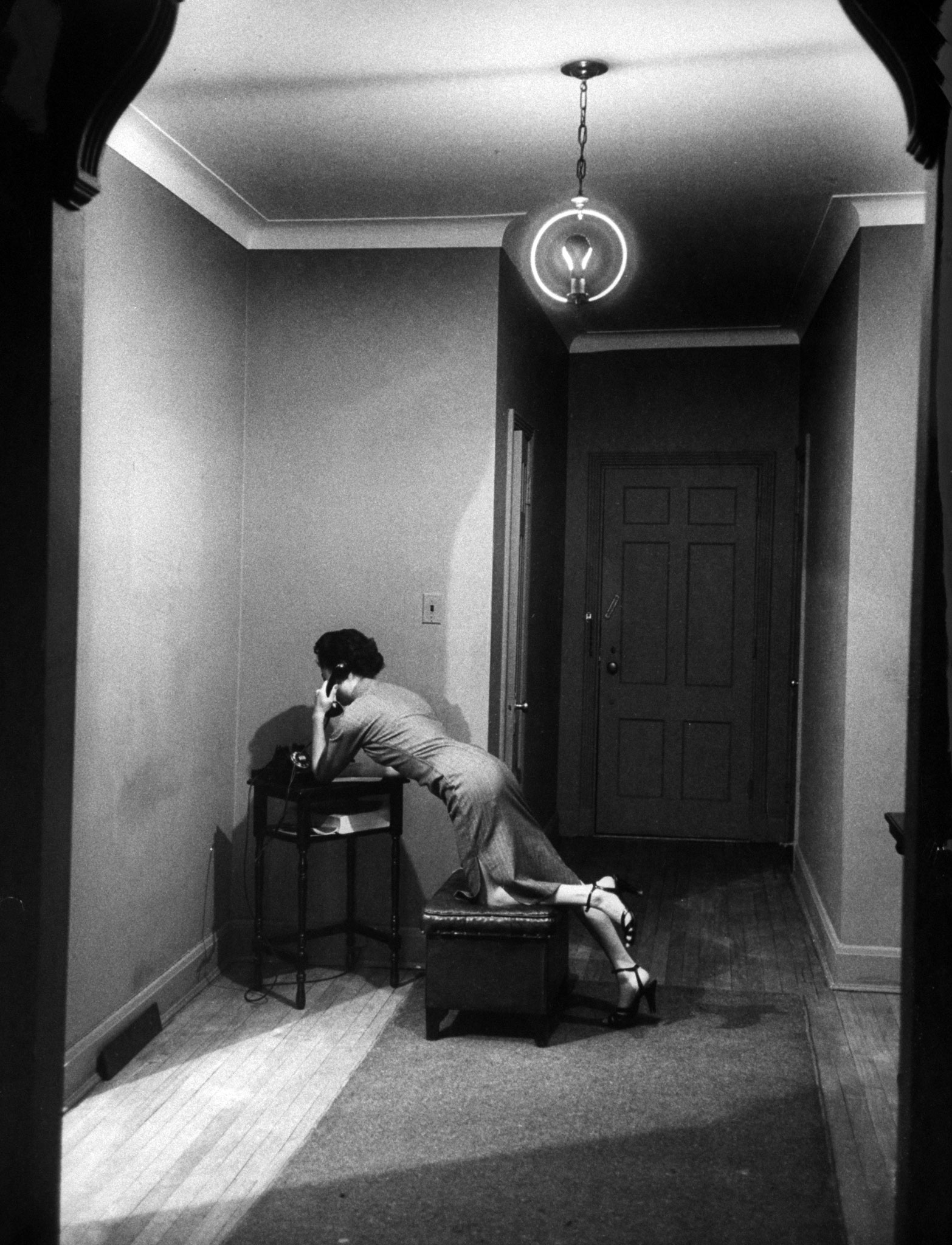
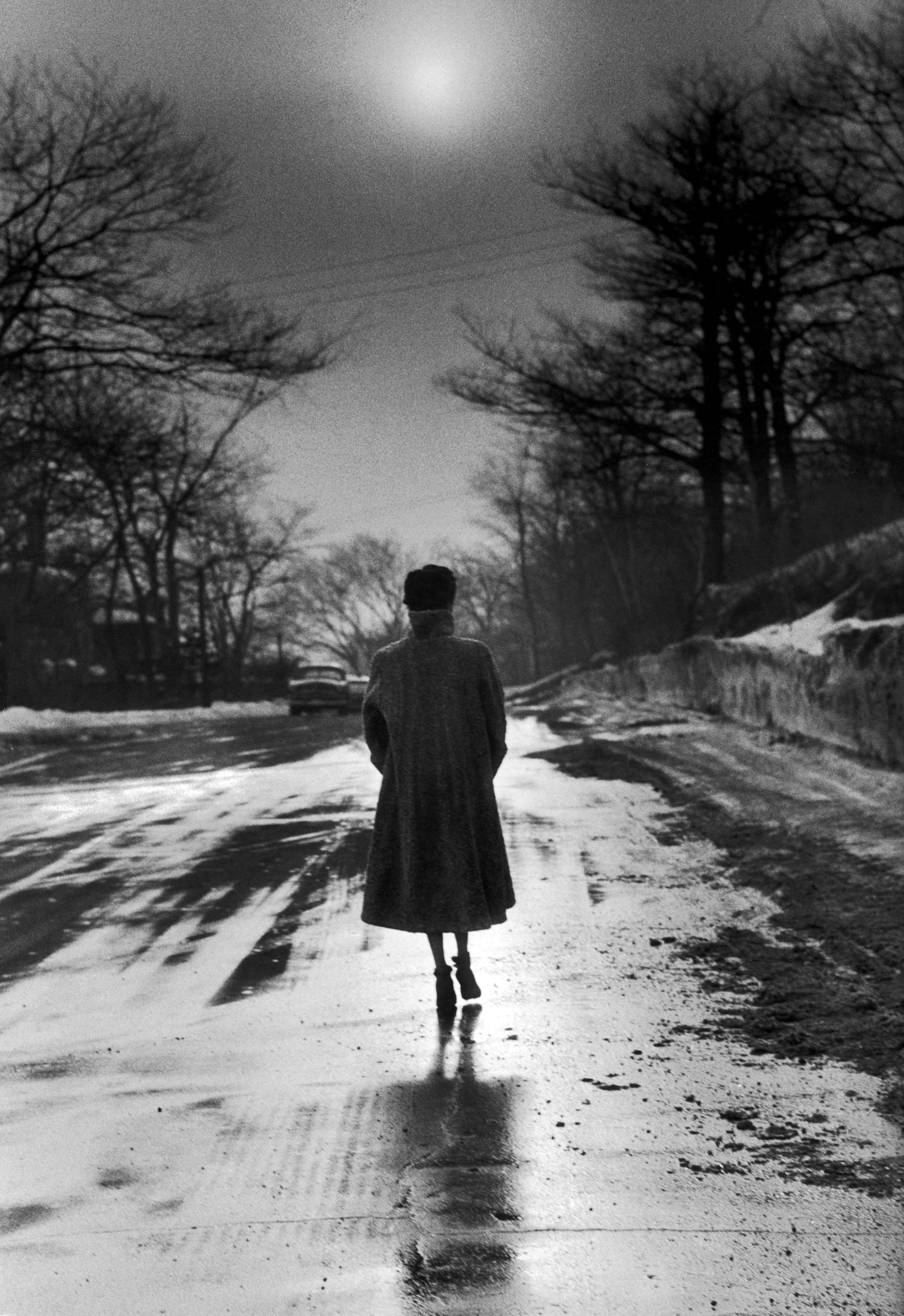
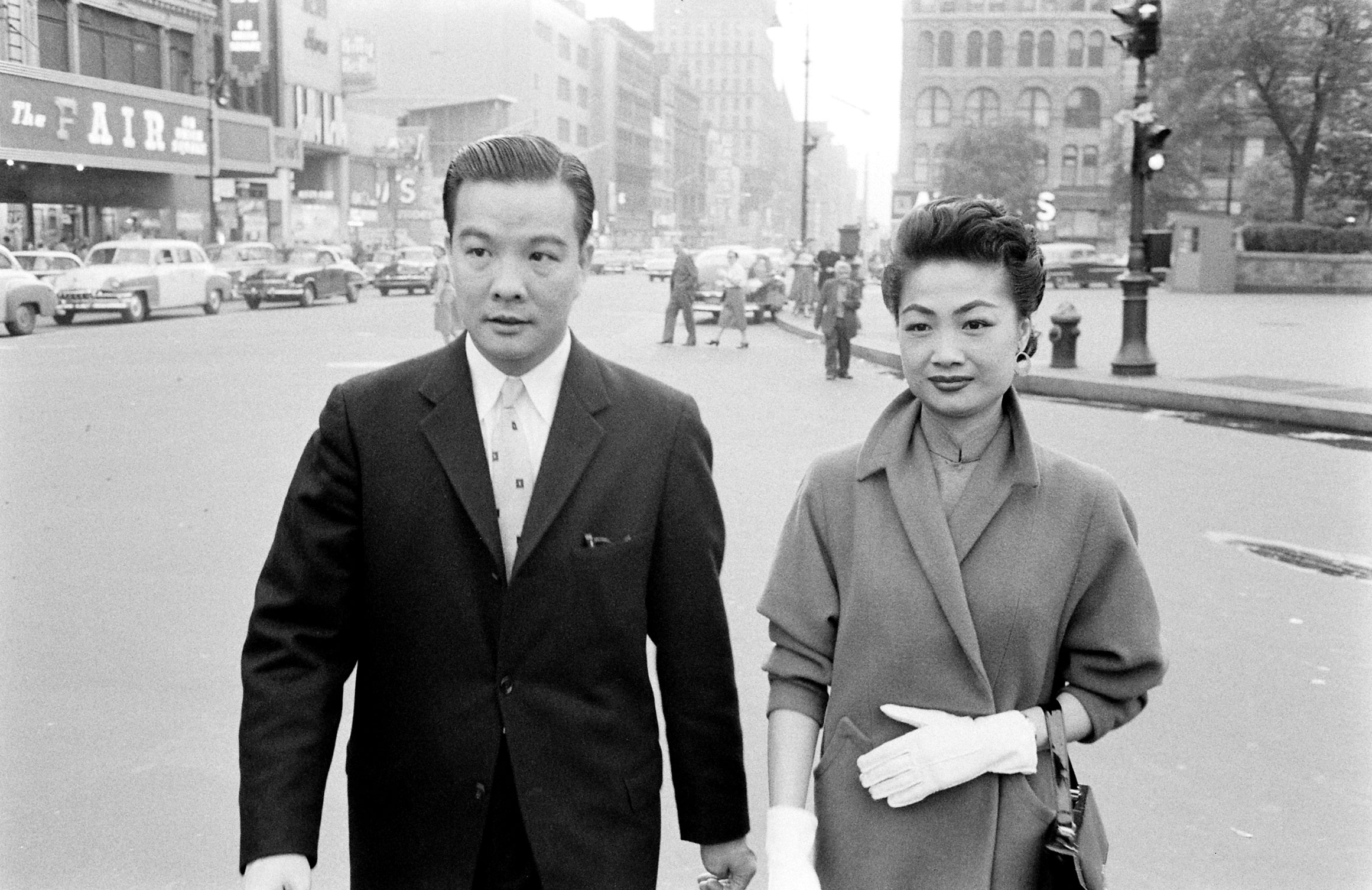
More Must-Reads from TIME
- Why Trump’s Message Worked on Latino Men
- What Trump’s Win Could Mean for Housing
- The 100 Must-Read Books of 2024
- Sleep Doctors Share the 1 Tip That’s Changed Their Lives
- Column: Let’s Bring Back Romance
- What It’s Like to Have Long COVID As a Kid
- FX’s Say Nothing Is the Must-Watch Political Thriller of 2024
- Merle Bombardieri Is Helping People Make the Baby Decision
Write to Eliza Berman at eliza.berman@time.com